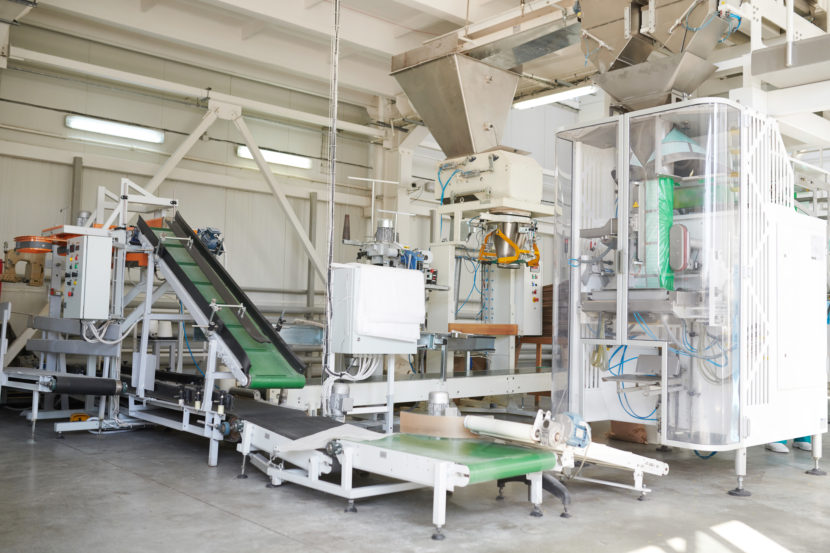Food packaging is an extremely important process in the food industry; as such, it requires special attention and care. It prevents contamination of your food product, as well as ensuring that it arrives to the consumer safe and sound.
Food manufacturers take many steps to ensure that their products are not only safe for consumption but also environmentally friendly. For example:
• Cartons made of recycled paper are much easier to recycle than the standard variety.
The main reason for this is that they are already broken down into pulp form, which allows them to be reformed back into paper without too much processing. With this method, the pulp is dried out and compressed into a thin sheet material which can then be used to create cardboard boxes, paper towels, and tissue products.
• The appropriate food containers are selected according to the type of contents they will be holding. For example, different types of glass are used for beer bottles than for soda bottles because the pressure levels are different.
• Packages that have fewer materials in them (such as simple paperboard with shrink-wrapped food) are much easier to recycle than those that include many components, such as plastic over-wrap along with metalized films.
• Packaging is selected according to the durability of the package and duration of shelf life. For example, packaging for chips (crisps in the UK) typically includes two layers of plastic. One layer allows for optimal freshness and flavor, while the other is used to prevent any oil that might be present from coming into contact with the outer layer, which would reduce its shelf life.
• Waterproof outer packaging is important in some instances; for example, mushrooms must be stored in a humid atmosphere or they will dry out and spoil quickly.
• Packages made of biodegradable materials are also helpful in the reduction of waste. Not only will these packages decompose naturally after their useful life, but they can also be disposed of in a compost heap which will speed up the process.
• When you look at your food product under a microscope, you can literally see the different layers of material used in food packaging. These vary from product to product and are chosen according to the specific needs of each one.
The advantages of environmentally friendly food packaging include:
• Reduced environmental impact – there is a reduced need for landfills since people will be more likely to recycle their packages, and there will be less need for chemical preservatives and additives since the products will spoil and decompose at a slower rate.
• Improved customer health – people who recycle their food packages are more likely to be confident that manufacturers have paid close attention to product safety, thus ensuring that all of the appropriate safeguards were included in their packaging.
Overall, food packaging has a significant impact on the health and well-being of consumers. While it may at first glance seem like just another layer that prevents people from obtaining their food, in fact it plays an essential part in keeping it fresh and ready to eat until they are able to do so. Food manufacturers take great care to ensure that the packaging is tailored to the specific needs of each product – from beer bottles to plastic bags for sandwiches – helping both people and planet.

